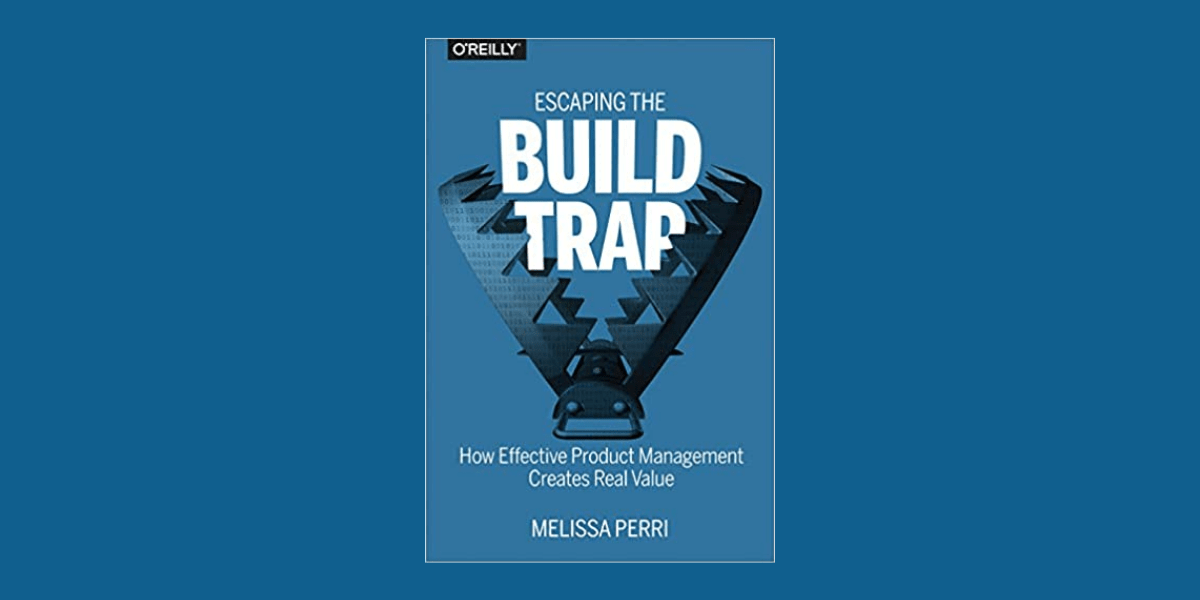The Build Trap: How to Align Product Development with Business Goals
The Build Trap is a common pitfall in Product Management that occurs when organizations focus excessively on shipping features rather than delivering measurable customer and business value. Organizations caught in this trap often measure success by output (number of releases), instead of outcomes (impact on business goals and customer needs) leading to a cycle of continuous product development without ensuring alignment with strategic goals or user needs.
This pitfall was popularized by Melissa Perri in her book Escaping the Build Trap, where she explains how companies can transition from feature factories to outcome-driven product management. Organizations stuck in the Build Trap often struggle with misaligned priorities, wasted resources, and low product impact.

How Companies Fall Into the Build Trap
Many companies unintentionally enter the Build Trap due to:
- Feature-focused success metrics – Measuring success by the number of features shipped, rather than their impact on key metrics.
- Lack of strategic alignment – Building features without ensuring they contribute to business goals, customer needs, or long-term strategy.
- Ineffective prioritization – Selecting features based on stakeholder requests rather than data-driven insights.
- Siloed decision-making – Separating product development from customer insights, business objectives, and portfolio management.
How to Escape the Build Trap
To avoid the Build Trap, companies must shift to outcome-driven product management by:
- Aligning product strategy with business objectives – Prioritize features that drive measurable impact.
- Using data-driven decision-making – Validate initiatives with customer insights and market research.
- Implementing portfolio management – Optimize resources for the highest-value opportunities.
- Focusing on continuous discovery – Test and iterate based on user feedback, not assumptions.
- Creating a culture of impact over output – Reward teams for delivering business value, not just completing projects.
Learn more about shifting to Outcome-Driven Product Development.
The Business Benefits of Avoiding the Building Trap
Companies that shift from output-driven to outcome-driven product management experience:
- Higher product success rates – Building what customers actually need.
- Stronger customer satisfaction – Delivering real value, not just more features.
- More efficient teams – Focusing on high-impact initiatives.
- Sustainable business growth – Aligning product decisions with revenue goals.
To explore how tools can influence product team dynamics and help avoid this building pitfall, read The Tool You Choose Defines the Way Your Product Teams Work.
Conclusion
The Build Trap is a common pitfall, but companies can avoid it by shifting to an outcome-focused approach. By aligning product strategy with business goals, leveraging data-driven insights, and continuously adapting to market needs, teams can build successful, high-impact products that drive long-term growth.
For a comprehensive guide on creating outcome-based roadmaps, which are instrumental in steering clear of the Build Trap, check out How to Create Outcome-Based Roadmaps (A Step-by-Step Guide).